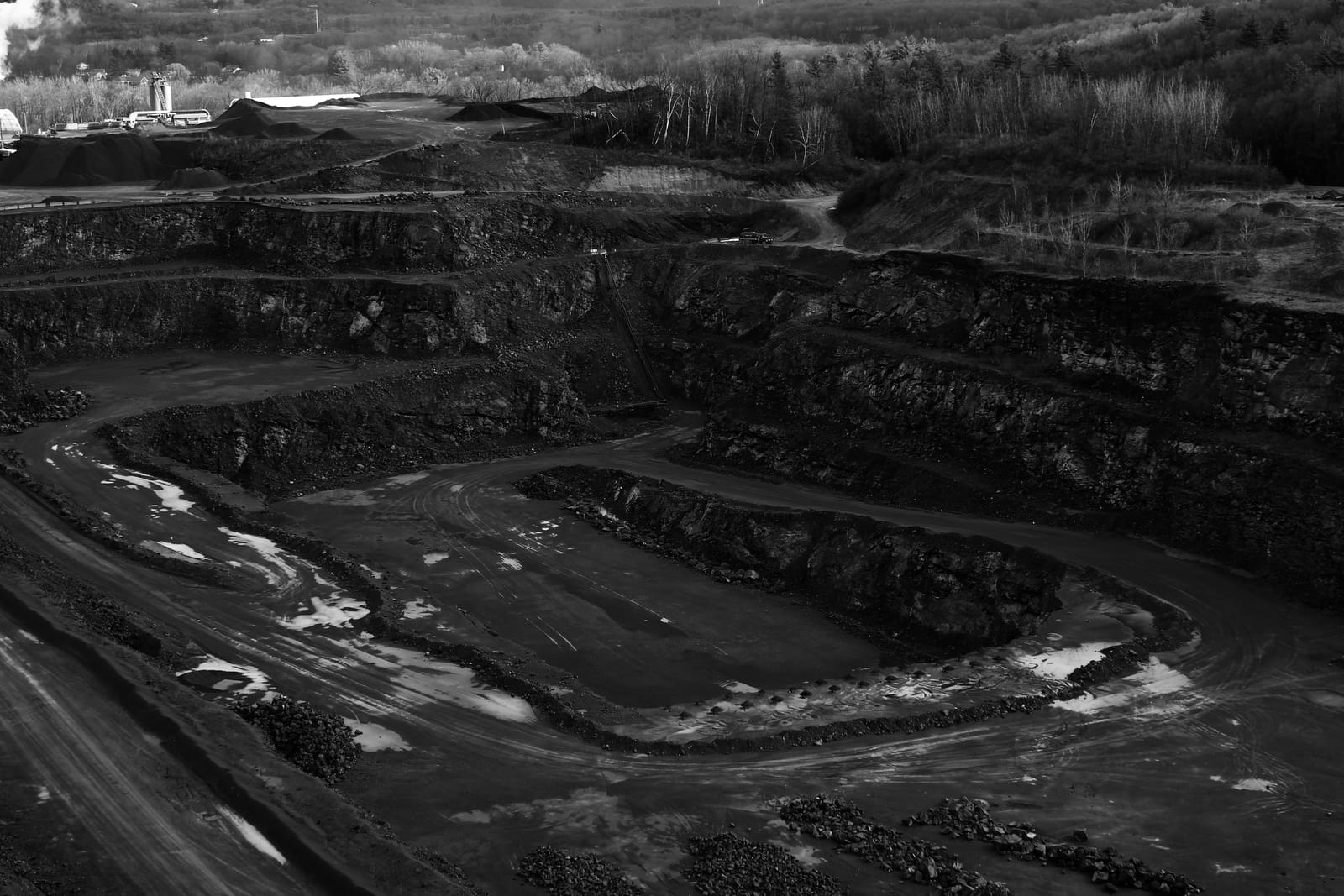Summary:
- A new UN-backed study found Australia’s Hail Creek coal mine emits 3 to 8 times more methane than Glencore reports.
- This raises big questions about how we track emissions—and who’s accountable when the data doesn’t add up.
- Methane is a super-potent greenhouse gas, and underreporting it could mess with climate targets and global supply chains alike.
If methane had a publicist, it would be getting way more heat. It's 80 times more potent than carbon dioxide over a 20-year span, yet it often slips under the radar—invisible, untracked, and underreported. That’s exactly what’s happening at Hail Creek, one of Australia’s major coal mines, according to a bombshell new study backed by the UN.
Aircraft flying over the mine in 2022 and 2023 caught plumes of methane spewing into the atmosphere, using tech that can spot what human eyes can’t. Their estimate? Hail Creek is releasing three to eight times more methane than Glencore, the world’s biggest coal trader, officially reports. If true, this isn’t just a rounding error—it’s a climate time bomb hiding in plain sight.
Glencore Says “Nope,” Scientists Say “Look Up”
Glencore isn’t exactly thrilled. They’ve called the study “limited” and “not credible,” pointing out that the aerial surveys only covered a small slice of operating time. But here’s the catch: this isn’t the first time Hail Creek has raised red flags. Back in 2021, satellite data already tagged it as a major methane hotspot. And now, this aircraft-based study—commissioned by the United Nations, mind you—confirms the pattern.
And it’s not just about one mine. The problem is systemic. Methane from coal mining made up 5% of Australia’s total emissions in 2020, yet current reporting methods are wildly out of sync with reality. Australia's own emissions reporting system—the National Greenhouse and Energy Reporting Scheme—might be underestimating emissions across the board.
What Happens When the Mines Close? They Still Leak.
Here’s the part no one talks about: even after a coal mine shuts down, it can keep leaking methane for decades. These so-called “abandoned” or “legacy” mines often don’t get sealed properly. And without active monitoring, they quietly pump out methane like an open exhaust pipe underground.
Methane comes from the coal seams themselves—geological formations packed with trapped gas. Mining disturbs them, and even after operations stop, the pressure buildup doesn’t. If these sites aren’t closed correctly—with gas capture systems, ventilation controls, and long-term monitoring—they become invisible super-emitters.
In Australia alone, there are hundreds of old coal mines, many of which are likely releasing methane right now with zero oversight. And unlike active mines, these abandoned sites often fall into regulatory gray zones where no one’s clearly responsible. Not the operators. Not the state. Not the industry.
Why This All Matters—A Lot
Australia isn’t just burning this coal for itself—it’s the world’s largest exporter of metallurgical coal, the stuff used in steelmaking. That means steel producers around the globe are connected to this supply chain. If Australia’s methane math is wrong, then every buyer—from Tokyo to Toronto—is underestimating their own emissions too.
“If you don’t get emissions monitoring right,” said one energy strategist, “you’re affecting importers’ ability to say what their emissions are.” Meaning? A glitch in Australia’s numbers creates a domino effect across the global energy economy.
This study is a wake-up call—not just for Glencore, but for the whole fossil fuel industry. You can’t manage what you don’t measure, and if you’re underreporting methane—whether it’s from active operations or abandoned mines—you’re not just bending the truth, you’re sabotaging climate progress.








